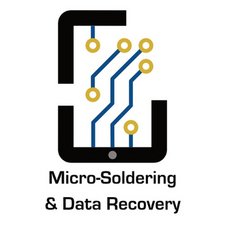Microsoldering, BGA Reballing IC Touchscreen?
Hi, Im new to the forum. I am an independent iPhone tech and I own a repair shop. Im trying to learn more about micro soldering, I understand that when the IC touchscreen fails it needs to be replaced.
I have a spare iPhone 5s laying about with a touchscreen issue (Definetly not the screen, tested already.) and also another locked 5s with a functional touch screen. I would like to replace the IC. I have read many tutorials/guides/advices/videos and I feel confident about doing it my self.
Now, the part im not sure about is the reballing. I understand the IC needs to be heated up with a solder flux then carefully remove the IC with tweezers. Once it is removed it what should I do next? How do I reball? Do I apply solder paste and solder them onto the board using solder ribbon? and once I reball it do I solder the new replacement IC onto it?
I am a bit lost, and I want to make sure everything before I go ahead with my practices. Please do share any advices, tips or tutorial sources.
Thank you.
Es esta una buena pregunta?


 1
1  1
1 
 807
807